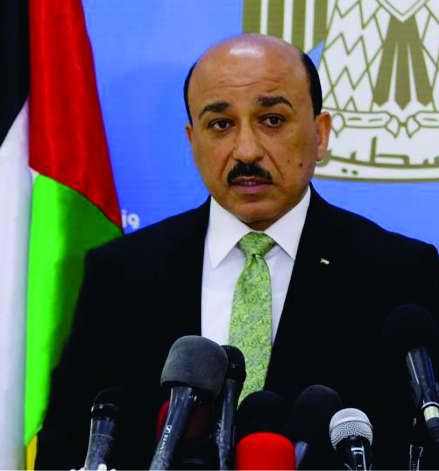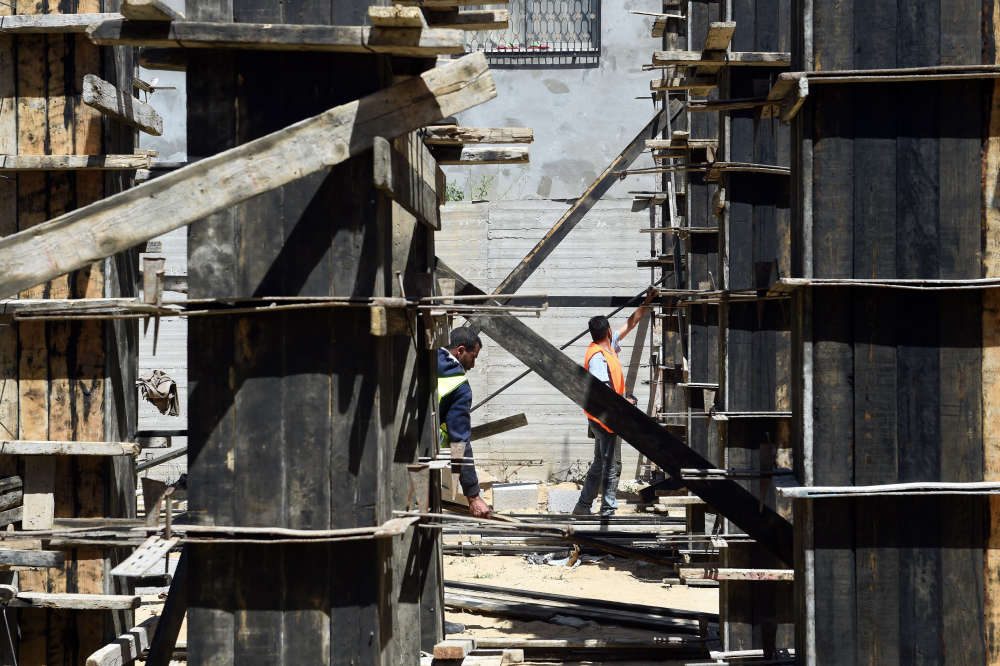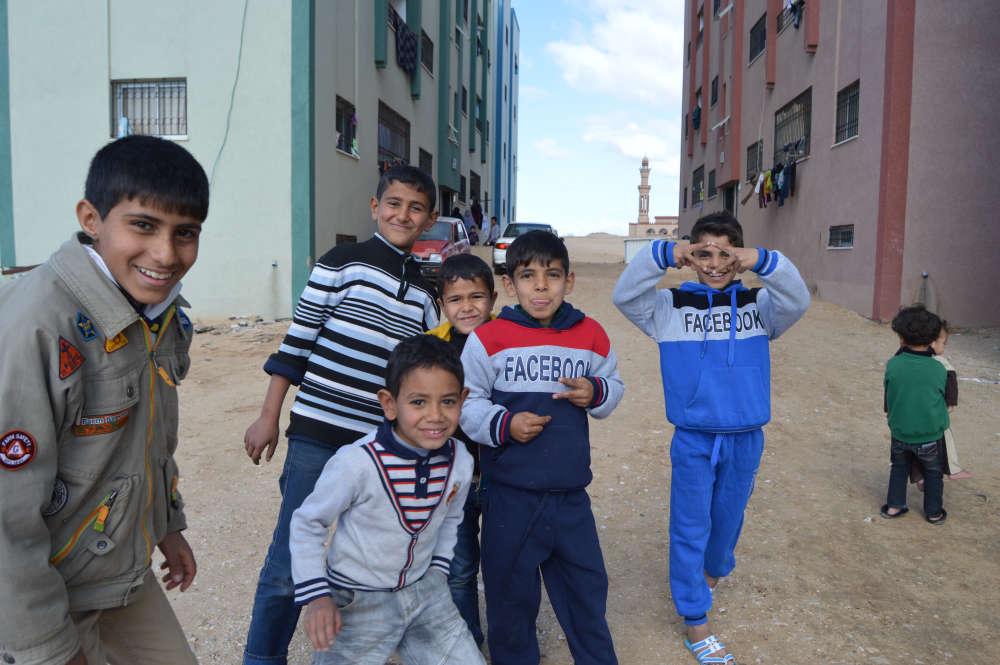In order to enhance the resilience of Palestinian citizens and contribute to sustainable development, the Palestinian Ministry of Public Works and Housing invests great efforts into the provision of an enabling and sustainable urban and housing environment. The ministry aims to help provide the quality and number of housing units that are necessary in order to create the healthy living conditions that families and society need. It offers assistance especially to those with low and limited income, who are chosen according to economic criteria. Thus, the ministry prioritizes the organization, planning, building, and maintenance of housing projects, infrastructure, and public facilities. Implementation of all projects is carefully executed according to precise criteria and specifications, and goals are attained by investing in available resources and in partnerships with concerned parties.
People in the Gaza Strip have for decades lived under conditions that are unique in the world. There are approximately 7,500 persons per square kilometer in Gaza. This poses challenges for many families when they search for housing – thousands are still homeless, which has social and psychological impacts on these families.
We have faced many challenges in our efforts to achieve some level of sustainability in the Palestinian housing sector. Israeli policies include the demolition of housing units – not only during hostilities but also during ongoing acts of aggression – which is one of the main challenges in Gaza. Israel’s siege, imposed for the past 11 years, limits the entry of building materials into Gaza, which has compromised the execution of many planned housing projects. The limited availability of lands and an increasing population (Gaza is considered one of the most densely populated areas in the world) pose additional challenges. These factors have negatively impacted Palestinian livelihoods and make the achievement of sustainability a severe challenge – indeed impossible.
The difficult economic situation and increasing levels of unemployment and poverty are exacerbated by the scarcity of funds for housing projects that could serve limited-income inhabitants. This has led to the creation of random housing units and to the misuse of governmental lands. In particular, the many families who live below the poverty line* simply cannot afford the cost of housing-unit construction.
To appreciate the ongoing efforts to secure a more sustainable housing situation in Gaza, a few basic facts must be considered: the population growth rate is 3.3 percent; more than 50 percent of the people live below the poverty line; 75 percent of the housing units were affected during 2014 war (destroyed either partially or totally), which has led to the deterioration of an already fragile reality. Even before the war, 20 percent of the existing units were classified as below the acceptable quality level and in need of rehabilitation in order to meet the minimum criteria for healthy and adequate housing.
It is shocking that 30 percent of families in the Gaza Strip live in crowded housing units with three persons or more in one room! More than 60 percent of Gazan families will need at least one extra housing unit by the year 2023, 70 percent of whom cannot afford the related costs and thus need financial assistance. The Gaza Strip will need an additional 125,000 units by 2023, in order to cover the deficit in the housing sector. In addition, more than 50,000 housing units must be rehabilitated in order to comply with the minimum housing criteria. The aforementioned numbers and facts indicate the importance of and urgent need for quick interventions in the housing sector.
To deal with the current reality and its challenges, the ministry has assessed the situation and implemented new policies to better utilize the limited lands. These policies encourage cooperative housing funds and social equity, support the private sector, focus on marginalized and poor families to restore their housing, and, in general, invite serious efforts to develop the housing sector.
The ministry always builds hopes and plans. But in order to achieve them, we must work to lift the siege on the Gaza Strip and facilitate access to building materials. In addition, we should support the private sector and restore the national economy. We also call on donors to commit to their Cairo Conference pledges.
Despite the hard reality, and with debilitating limitations on resources and funds, the ministry has succeeded in creating many housing models for various projects, such as the Sheikh Hamad housing project in Khan Younis that includes 2,500 housing units, facilities, and green areas. Another project is Al Amal city in Gaza City, which is built on 110 dunums and offers 40 buildings that represent 400 housing units. In addition, there is the TIKA housing project in the area around Johr al-Deek, which was intended specifically for the poor and for people with special needs; it has 20 housing buildings.
The ministry also works on improving marginalized housing areas by creating unique plans, yet they need funds in order to start. The plans include such housing projects as Al Andalus in Rafah, Al Furqan in the Al-Barahma area, Al Murabteen in Rafah, and Al Buraq in Khan Younis, as well as other plans for the northern and central areas. Furthermore, the ministry works on the rehabilitation of housing for poor and needy cases, where hundreds of citizens have benefited.
In our endeavors to bring sustainable housing to Gaza, we aim to improve housing conditions for poor families by constructing or rehabilitating 2,000 housing units with a total budget of US$ 30 million. Some 5,000 families receive assistance through rental subsidies. One of the most important initiatives is the launching of the Cooperative Housing Fund that offers US$ 50 million to support 2,500 families by giving them housing loans. Infrastructure is provided for ten existing neighborhoods to prepare them for the cooperative housing project that will support 5,000 housing units. The priority in implementing these projects is to further the reconstruction process – which still needs US$ 350 million – in a manner that sustains housing opportunities in the Strip, improving the sector and guaranteeing its high quality.
Article photos courtesy of UNDP/PAPP.
*According to the Palestinian Central Bureau of Statistics, 29.2 percent of the population in Gaza were living below the poverty line in 2017, and 53 percent were poor, with 33.7 percent suffering from deep poverty. For more detailed information, please visit Poverty Profile in Palestine, 2017, available at http://www.pcbs.gov.ps/Document/pdf/txte_poverty2017.pdf?date=16_4_2018_2.





